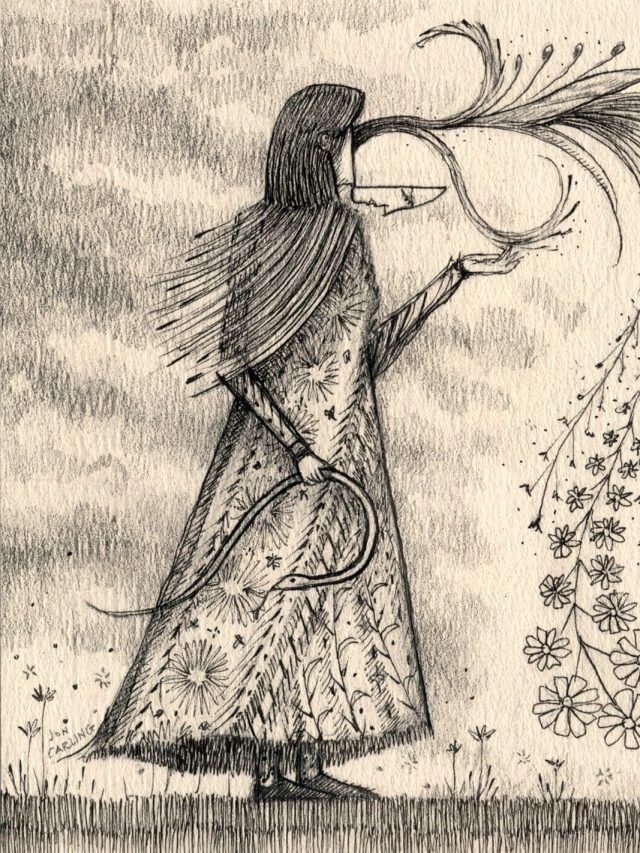Excellent Pencil Drawing Artists
Pencil drawing has been a fundamental aspect of artistic expression throughout history. It offers a versatile and expressive medium, allowing artists to explore intricate details and dynamic compositions. In this article, we will explore the pencil drawing techniques and notable works of some of the most celebrated artists, including Leonardo Da Vinci, Pablo Picasso, Vincent Van Gogh, Salvador Dali, and many more.
1. Leonardo Da Vinci
Leonardo Da Vinci, a master of Renaissance art, used pencil drawings to explore anatomical studies and complex compositions. His techniques included meticulous cross-hatching, detailed shading, and precise line work to convey depth and realism. Leonardo Da Vinci’s famous pencil drawings include the ‘Vitruvian Man,’ ‘Two Horsemen Fighting a Dragon,’ and numerous studies of human and animal anatomy.
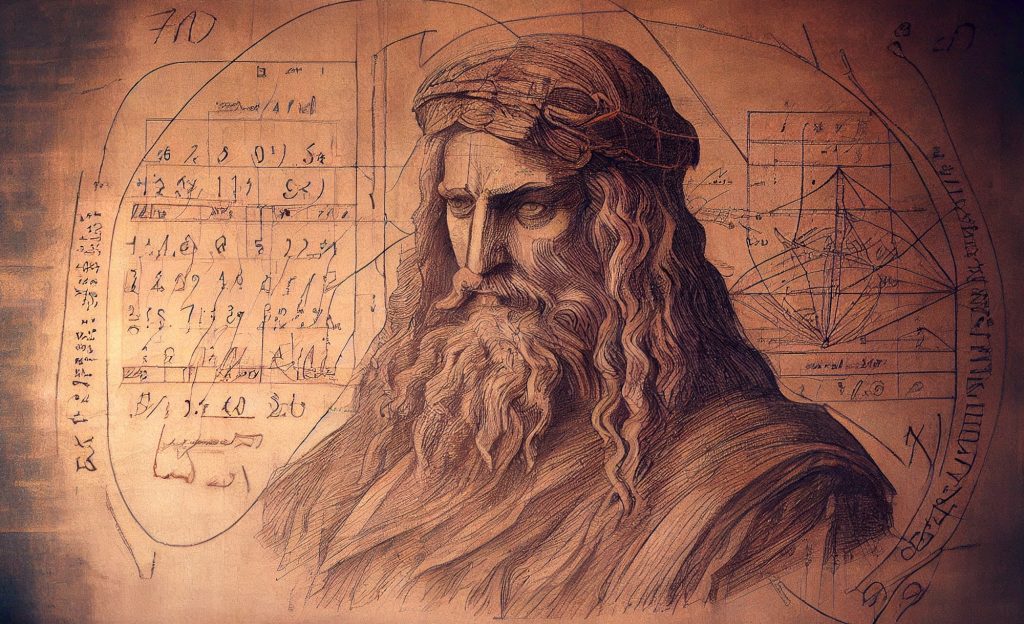
2. Pablo Picasso
Pablo Picasso’s pencil drawings reflect his innovative approach to Cubism and abstract art. His techniques include bold, fragmented lines and expressive forms, capturing the essence of his subjects with a unique perspective. Pablo Picasso’s famous pencil drawings include ‘Tete de Faune (Faun’s Head),’ ‘Sebastia Junyer-Vidal Arrives To Paris,’ and ‘Bull (Study).’
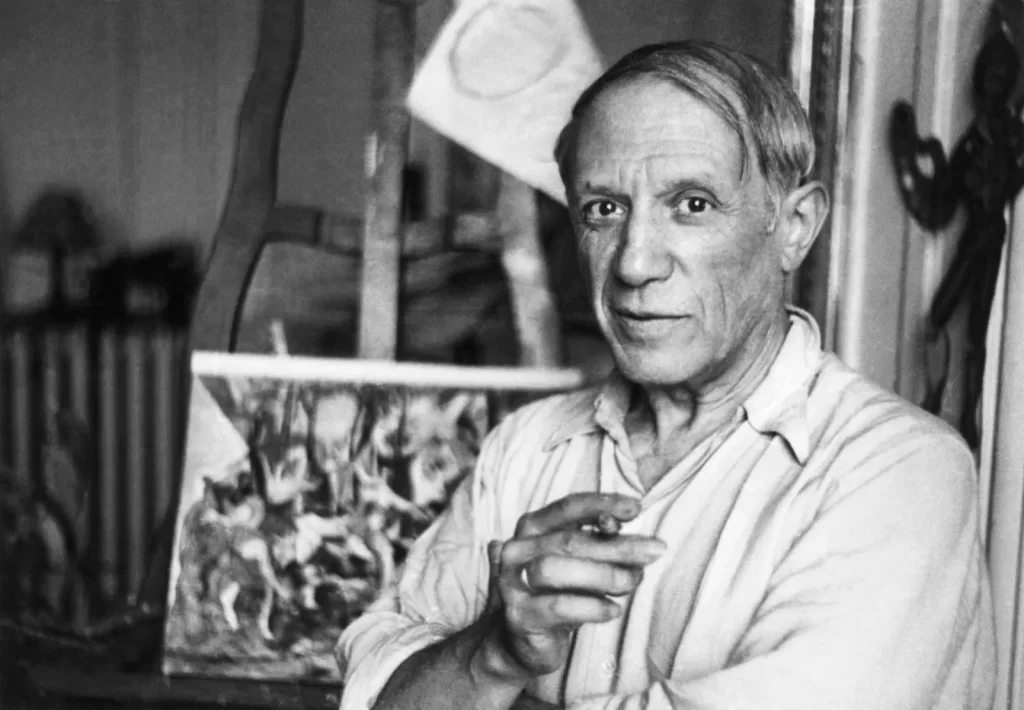
3. Vincent Van Gogh
Vincent Van Gogh’s pencil drawings are known for their dynamic, energetic lines and expressive quality. His technique involved using rapid, fluid strokes and shading to convey emotion and movement. Vincent Van Gogh is known for his pencil drawings such as ‘Olive Trees at Montmajour,’ ‘La Crau seen from Montmajour,’ and ‘Two Self-Portraits and Several Details.’
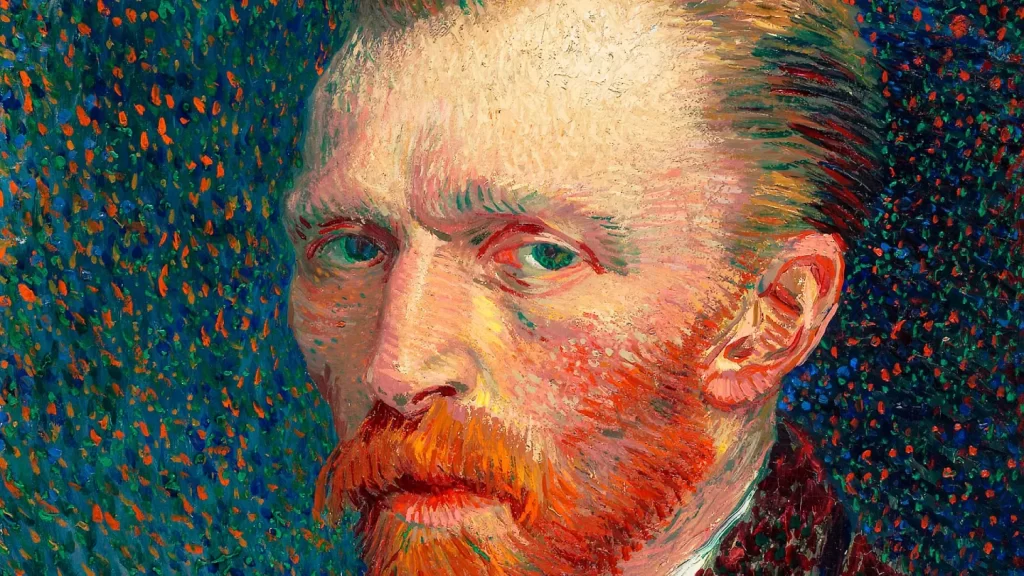
4. Salvador Dali
Salvador Dali’s pencil drawings are characterized by their surreal and intricate details. His technique often involved precise rendering and imaginative elements, blending reality with dream-like scenarios. Salvador Dali is famed for producing ‘Salvador Dali Pencil Signed Nude on a Rhinoceros Horn,’ ‘dali and the lizard king,’ and ‘Salvador Dali – Nude Couples – Lithograph.’
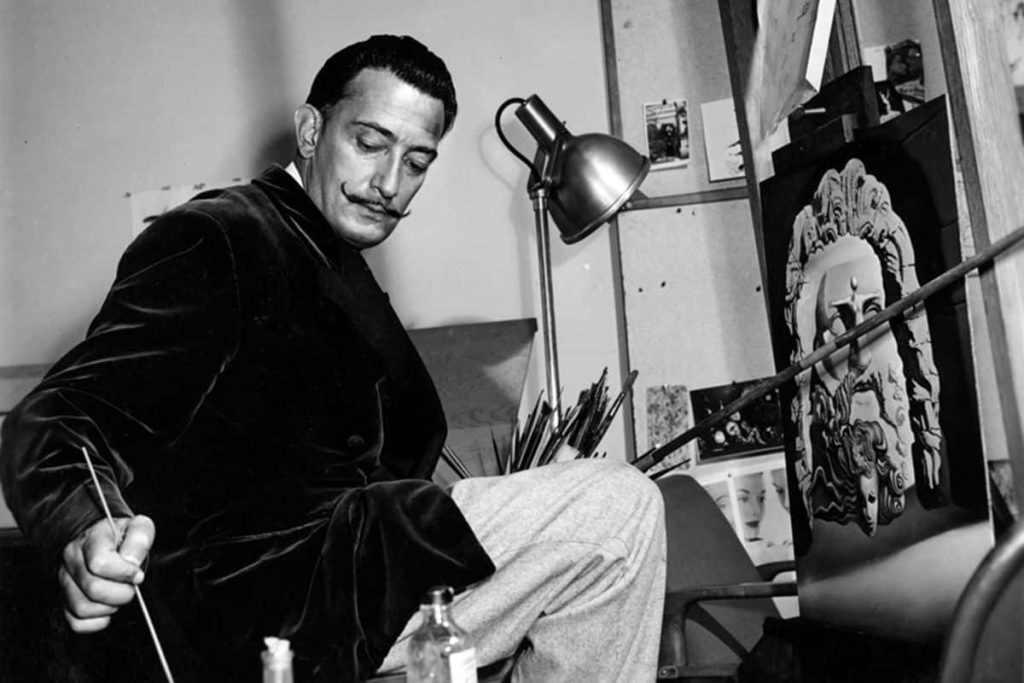
5. Gustav Klimt
Gustav Klimt’s pencil drawings are known for their ornate detail and exploration of symbolic themes. His technique involves delicate lines and intricate patterns that often lead to his opulent painted works. Gustav Klimt’s pencil drawings include ‘Seated Semi-Nude (Study for ‘Judith II´ [´Salome´]),’ ‘Beethoven Frieze,’ and ‘The Allegory of Sculpture.’
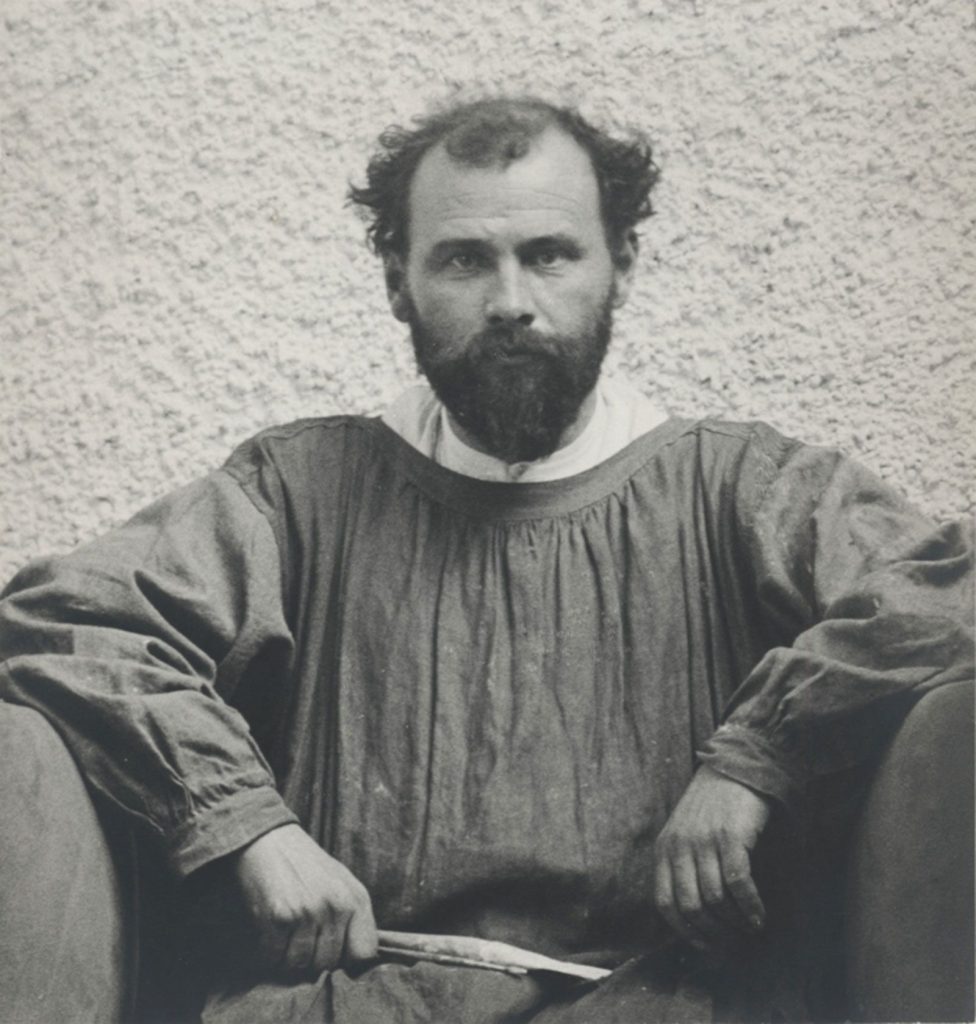
6. Henri Matisse
Henri Matisse’s pencil drawings feature fluid, graceful lines and simplified forms. His technique emphasizes capturing the essence of his subjects with minimalistic elegance. Henri Matisse’s pencil drawings include ‘Vase de Lierre,’ ‘Eva, Grande Chevelure,’ and ‘Danseuse reflétée dans la glace.’
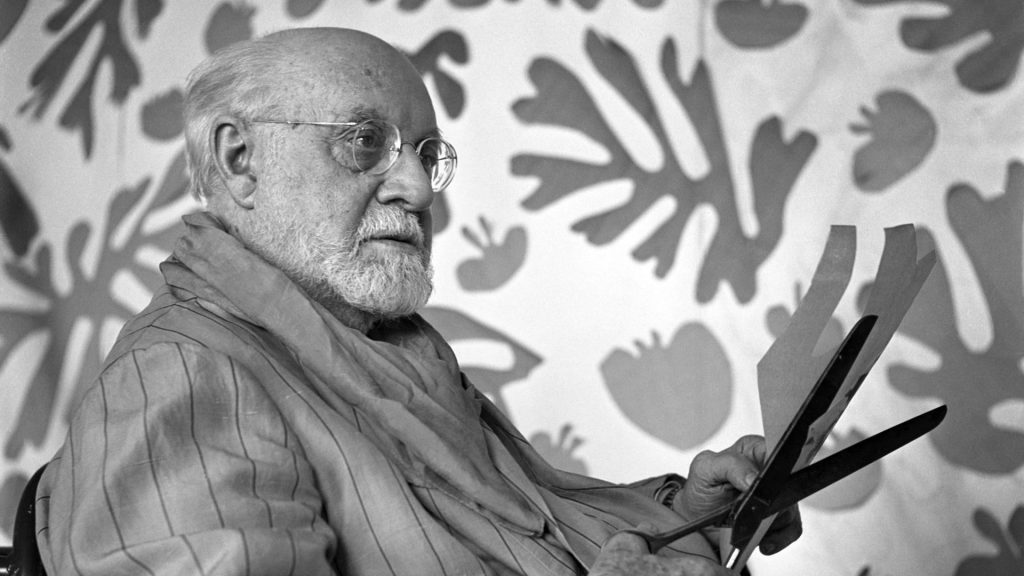
7. Paul Gauguin
Paul Gauguin’s pencil drawings are characterized by bold lines and a focus on symbolic and exotic themes. His technique often involves simplified forms and strong compositional elements. Paul Gauguin is known for drawing ‘Pont-Aven Sketch,’ ‘The Yellow Christ,’ and ‘Two Women from Martinique.’
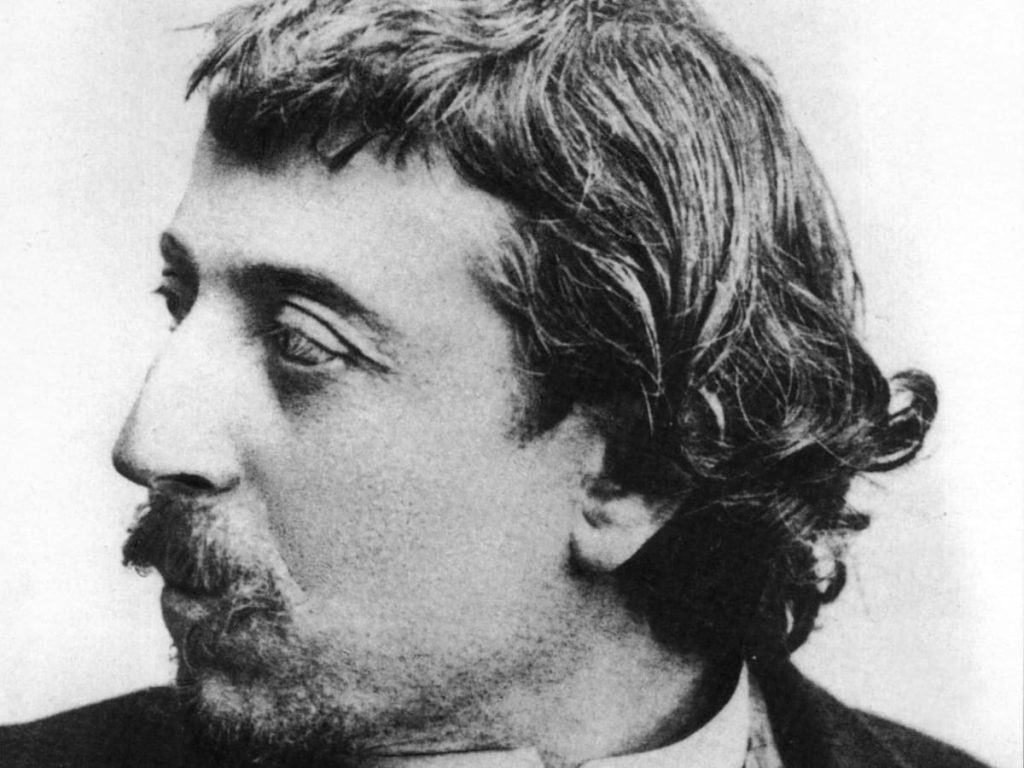
8. Francisco Goya
Francisco Goya’s pencil drawings are known for their dramatic and emotive quality. His technique includes strong contrasts, detailed textures, and a focus on the darker aspects of human experience. Francisco Goya’s famous pencil drawings include the likes of ‘Girl on a swing, a man with his arms raised,’ ‘A young woman dancing, her arms raised, a bull in the background,’ and ‘Self-portrait.’
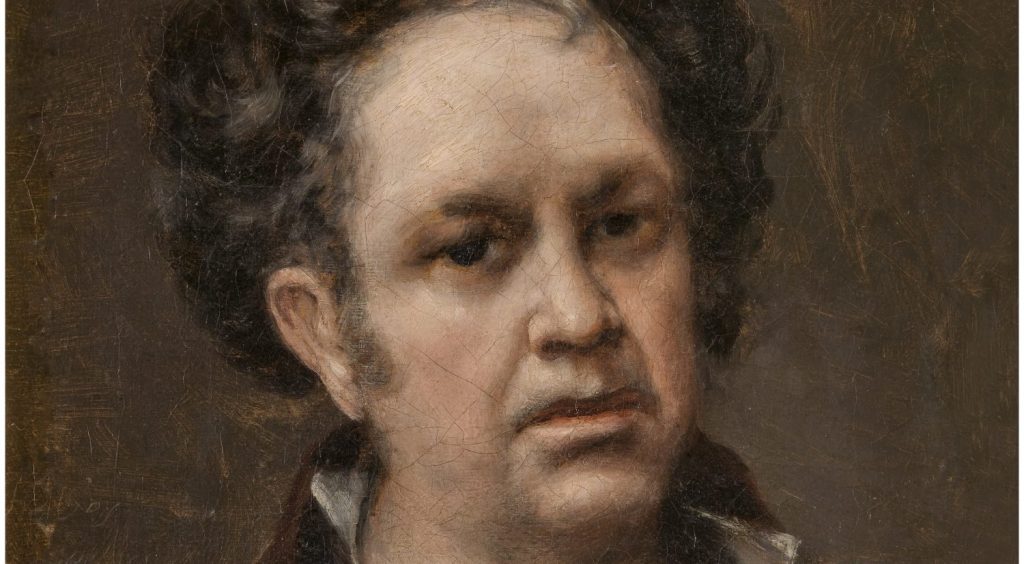
9. Rene Magritte
Rene Magritte’s pencil drawings often depict surreal and enigmatic imagery. His technique involves precise rendering and the creation of visual paradoxes that challenge perceptions. Rene Magritte is known for two ‘Untitled’ drawings made in 1926 and a ‘Collage’ produced in 1966.
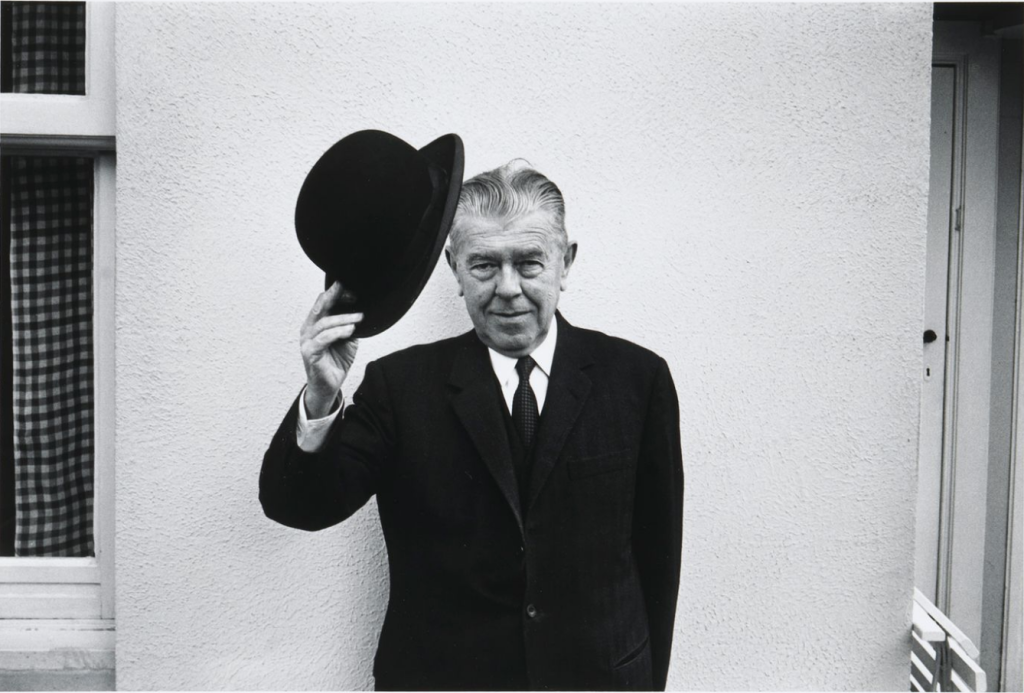
10. Edgar Degas
Edgar Degas’s pencil drawings capture the dynamic movement and grace of ballet dancers. His technique includes fluid lines and detailed studies of posture and movement. Edgar Degas is famed for engendering ‘Dancer with Arms Outstretched,’ ‘Racehorse,’ and ‘Rosa Adelaide Aurora Degas, the Duchess Morbilli.’
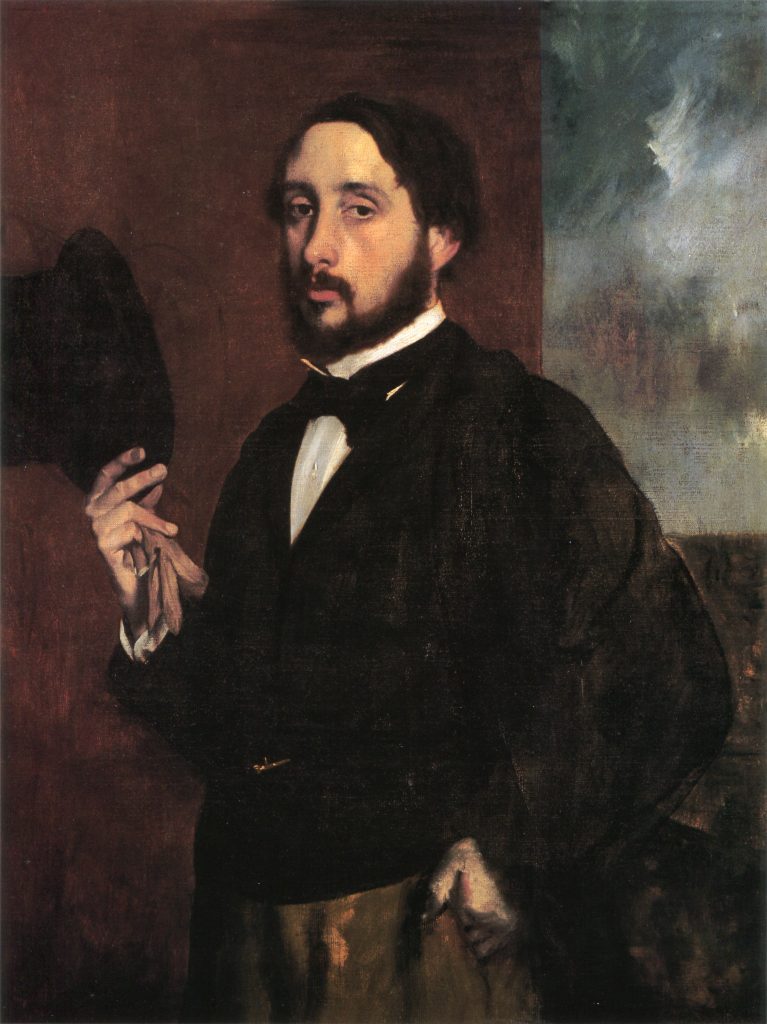
11. John Singer Sargent
John Singer Sargent’s pencil drawings are known for their precision and depth. His technique includes strong contrasts and detailed shading to create lifelike and engaging portraits. John Singer Sargent has made ‘Bartholomy Magagnosco,’ ‘Two studies for Madame X,’ and ‘Jack Millet as a Baby.’
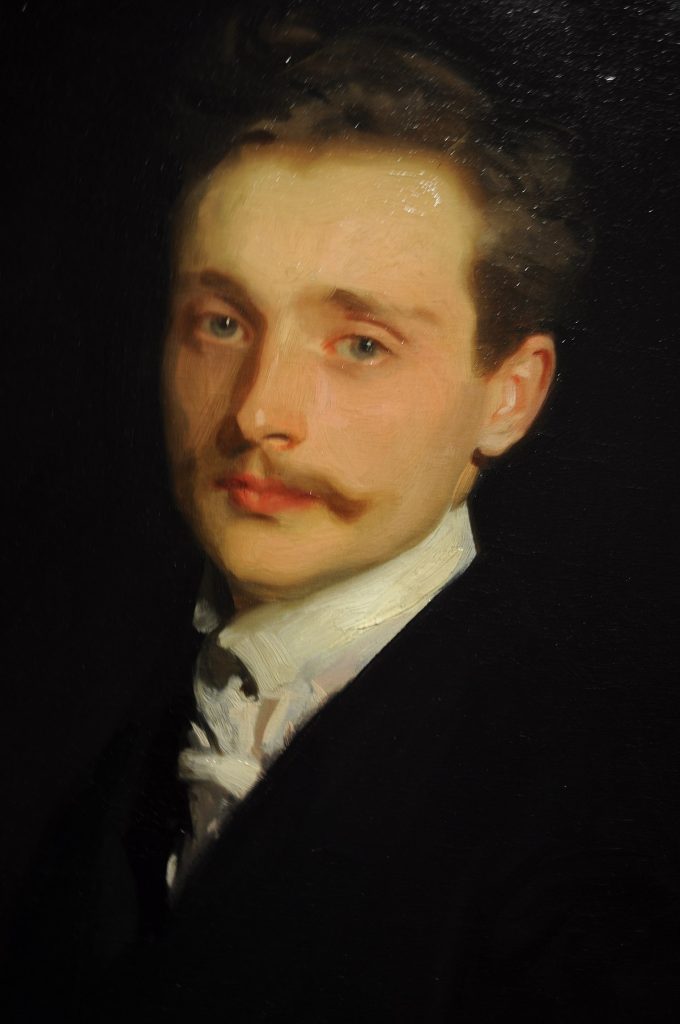
12. Paul Cezanne
Paul Cezanne’s pencil drawings are characterized by their structured approach to form and perspective. His technique involves layering shades to achieve depth and a sense of solidity. Paul Cezanne is known for ‘Pot of Geraniums,’ ‘Pot of Ginger and Fruits on a Table,’ and ‘Mercury after Pigalle.’
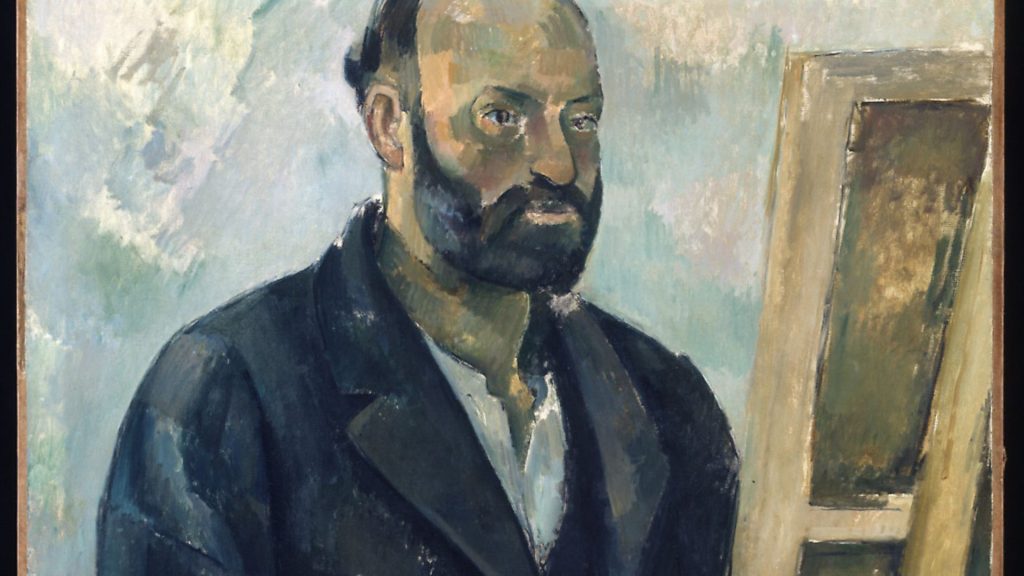
13. Pierre-Auguste Renoir
Pierre-Auguste Renoir’s pencil drawings feature fluid lines and a focus on capturing light and atmosphere. His technique emphasizes capturing the softness and vibrancy of his subjects. Pierre-Auguste Renoir is famed for drawing ‘Seated Bather,’ ‘The Country Dance,’ and ‘The River Scamander.’
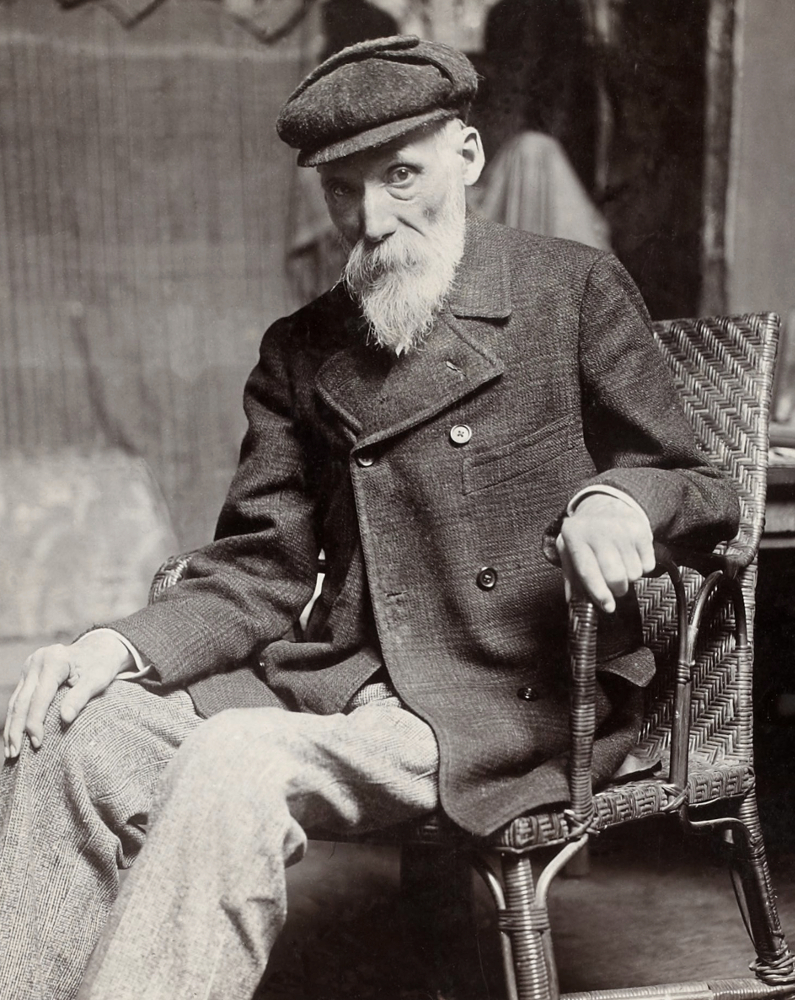
14. Marc Chagall
Marc Chagall’s pencil drawings are known for their dream-like quality and symbolic elements. His technique includes detailed linework and imaginative compositions. Marc Chagall’s oeuvre includes the pencil drawings – ‘The exodus from Egypt,’ ‘Paradise,’ and ‘The Creation of Man.’
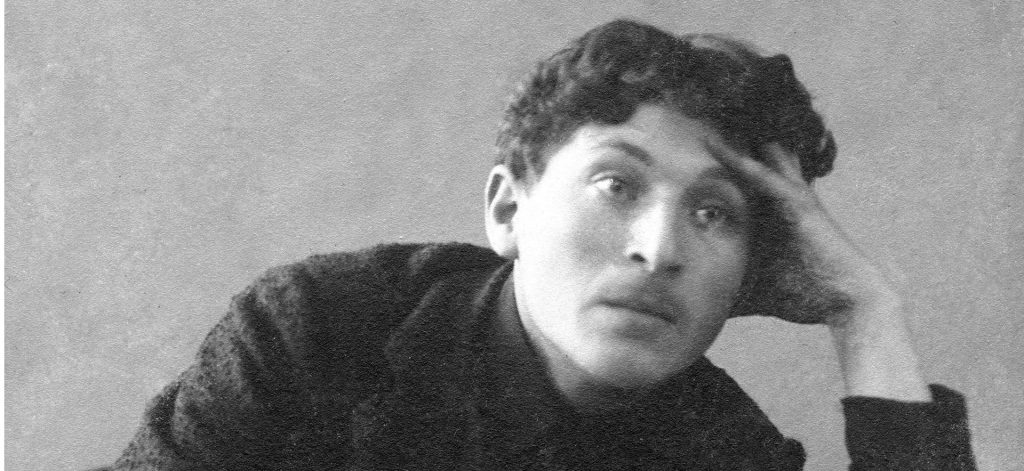
15. Kazimir Malevich
Kazimir Malevich’s pencil drawings explore geometric abstraction and minimalism. His technique involves clean, precise lines and a focus on form and spatial relationships. Kazimir Malevich has drawn, ‘In the cemetery,’ ‘Neron,’ and ‘Woodcutter.’
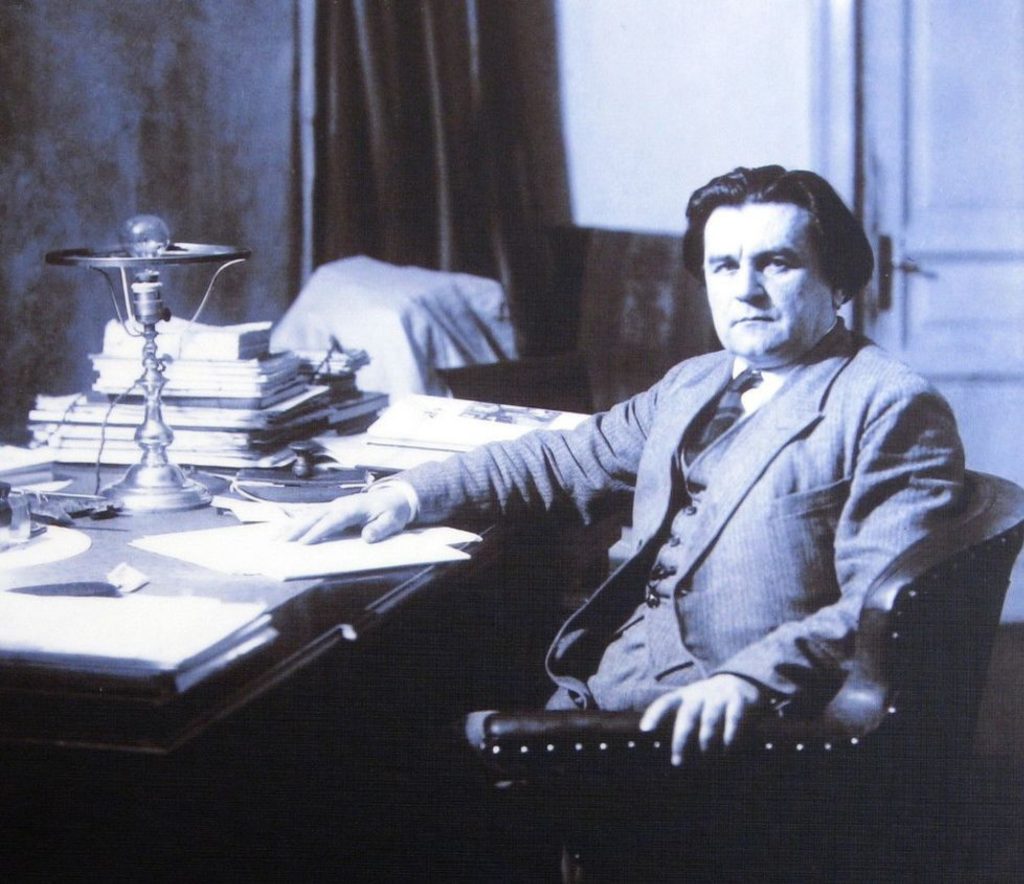
16. Raphael Sanzio
Raphael Sanzio’s pencil drawings are renowned for their classical precision and anatomical accuracy. His technique includes detailed drafts and careful study of the human form. Raphael Sanzio is famed for engendering ‘Studies for the Transfiguration,’ ‘Self-Portrait,’ and ‘Miraculous Draught of Fishes.’
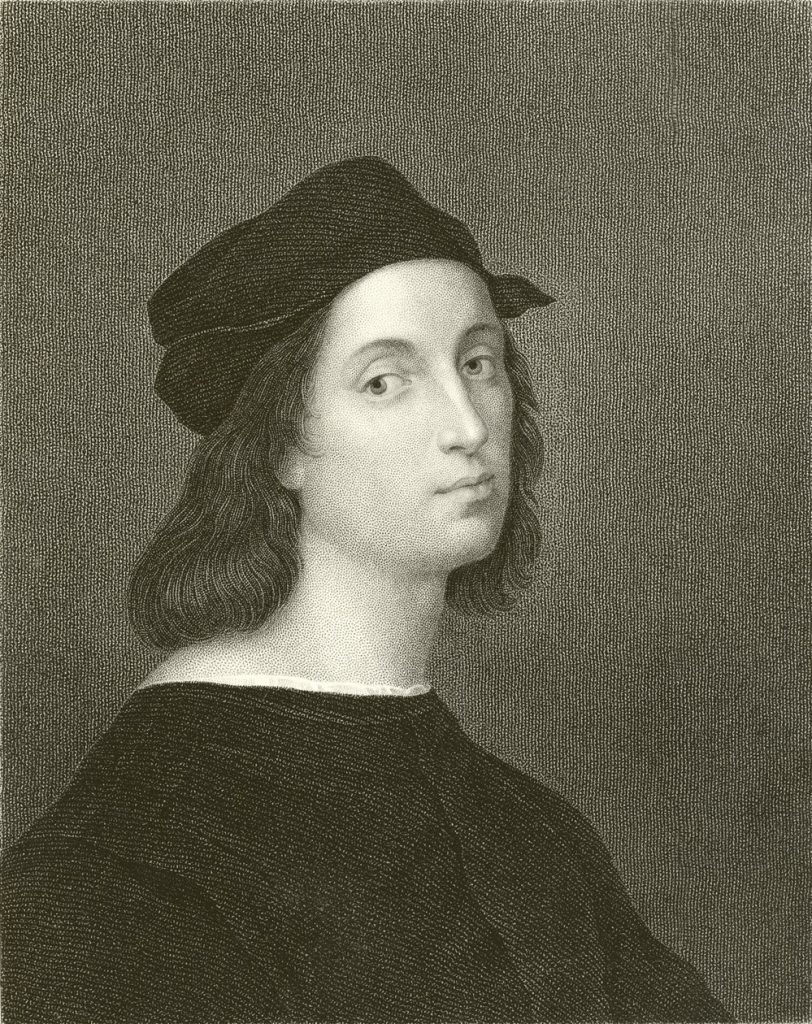
17. Ivan Aivazovsky
Ivan Aivazovsky’s pencil drawings capture the drama and majesty of the sea. His technique involves dynamic compositions and detailed shading to create powerful maritime scenes. Ivan Aivazovsky is famed for drawing ‘Sorrento. Sea view’ and ‘Shipwreck.’
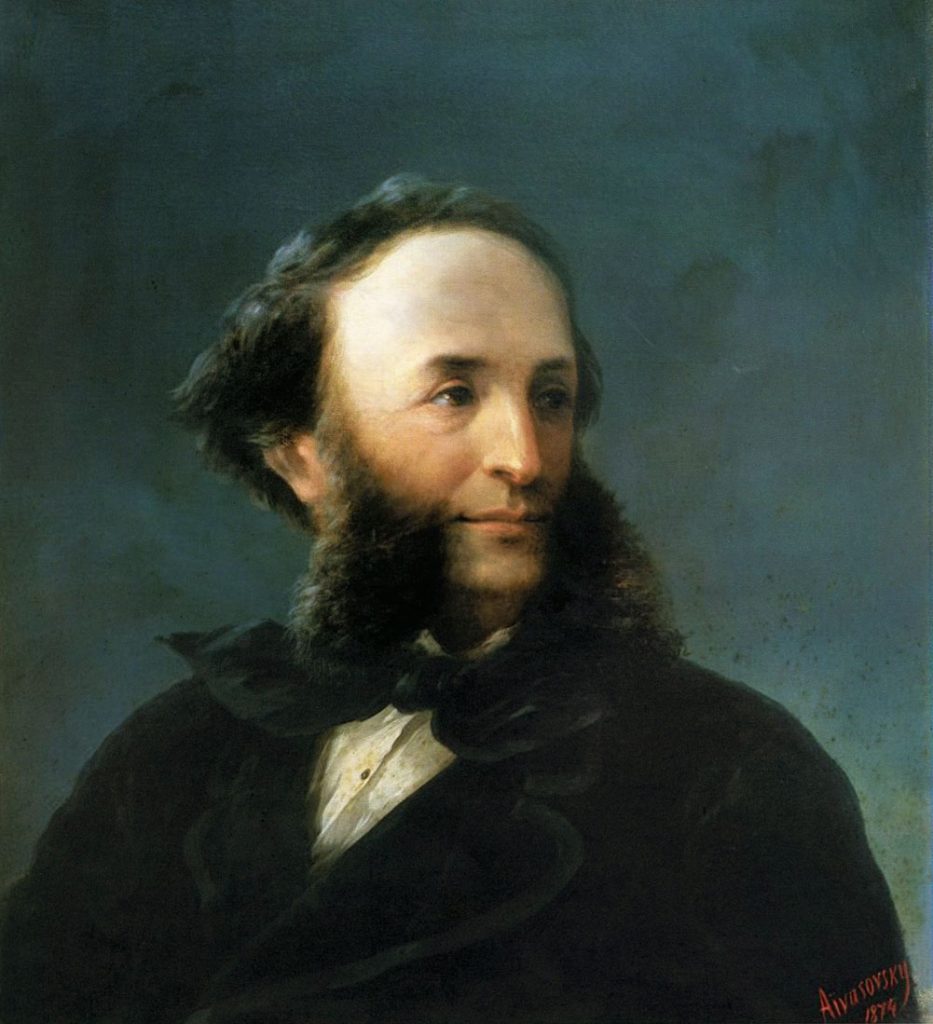
18. Michelangelo Buonarroti
Michelangelo Buonarroti, the Renaissance maestro, used pencil drawings as a means to perfect his sculptural ideas and compositions. His techniques involved meticulous line work and detailed shading to explore anatomy and drapery. Michelangelo Buonarroti’s sketches often served as studies for his renowned sculptures and frescoes. He has drawn ‘Sketch of fortifications of Porta del Prato in Florence (ground floor plan),’ ‘Three Draped Figures with Clasped Hands,’ and ‘Striding Male Nude, and Anatomical Details.’
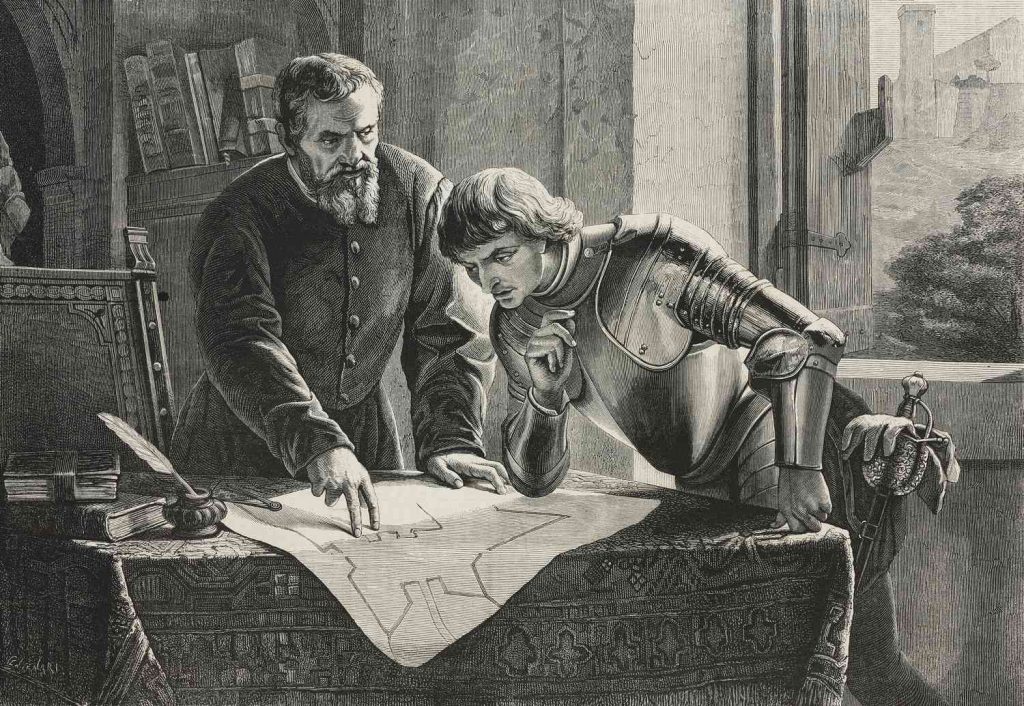
19. Ivan Shishkin
Ivan Shishkin, a master of Russian landscape painting, used pencils to capture the natural beauty of forests and rural scenes. His technique included detailed rendering of textures, such as bark and foliage, and careful attention to light and shadow to create a realistic portrayal of nature. ‘Part of the Trunk of a Pine,’ ‘Self Portrait,’ and ‘Trees by the Stream.’
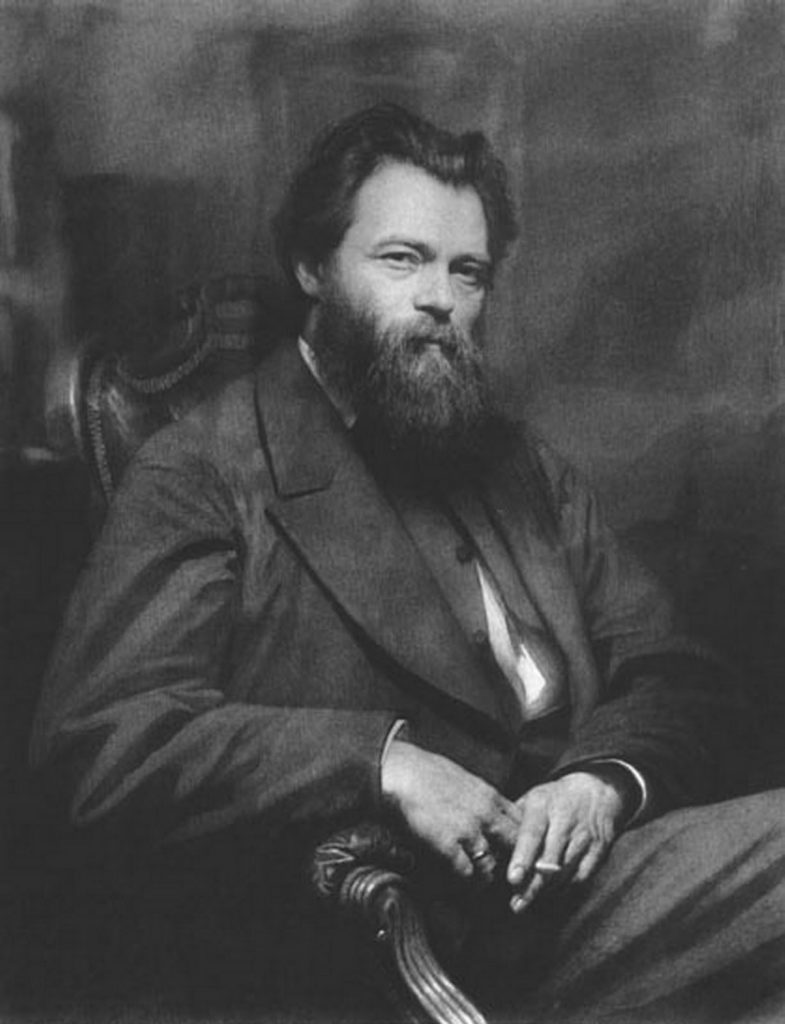
20. Mikhail Vrubel
Mikhail Vrubel, known for his Symbolist and Art Nouveau works, used pencil drawings to explore fantastical and often surreal subjects. His techniques involved intricate line work and shading to create ethereal and mystical imagery. Mikhail Vrubel is known for drawing ‘Woman’s Head (Emily L. Prahova),’ ‘Dress,’ and ‘Portrait of Nadezhda Zabela-Vrubel.’
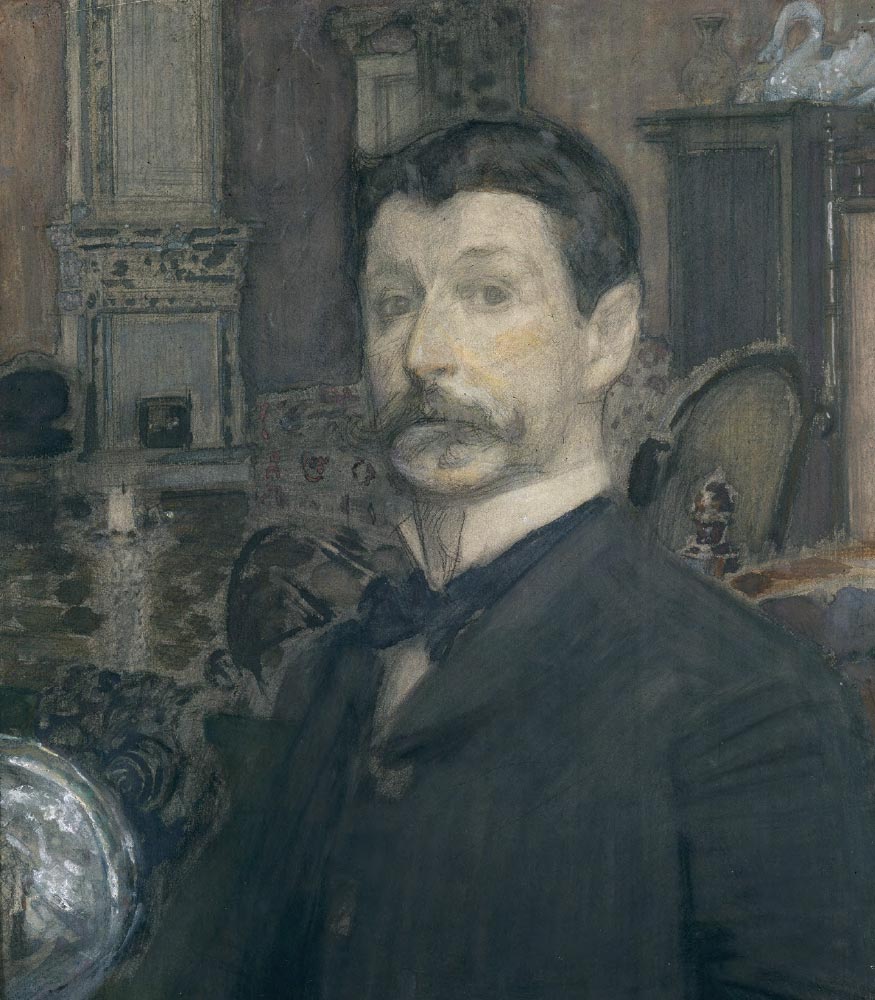
21. Oscar Monet
Oscar Monet, less widely known but closely related to the Impressionist Monet family, used pencils to create studies that explored light and shadow effects. His techniques involved delicate shading and an emphasis on capturing the fleeting quality of natural light. Oscar Monet has engendered ‘The Gare Saint-Lazare,’ ‘Windmill at Zaandam,’ and ‘Boats on the Beach at Normandy.’
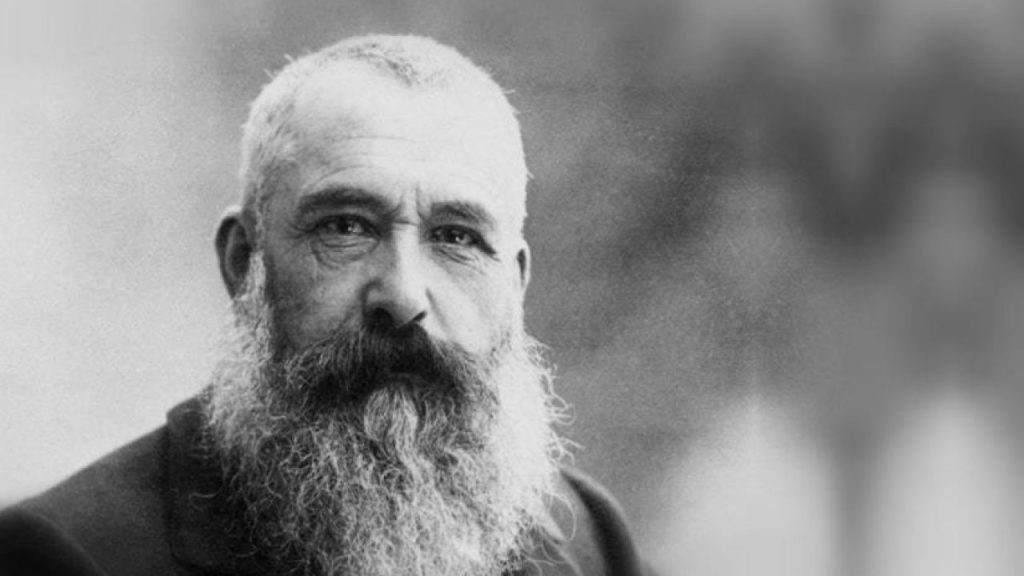
22. Hans Rudolf Giger
Hans Rudolf Giger, famed for his surreal and biomechanical artwork, used pencils to create detailed, otherworldly designs. His technique involved precise line work and shading to craft intricate, dystopian environments. Hans Rudolf Giger has drawn ‘Alien III, sideview III (Work No. 372),’ ‘Study (Alien III),’ and ‘Bierkrieg.’
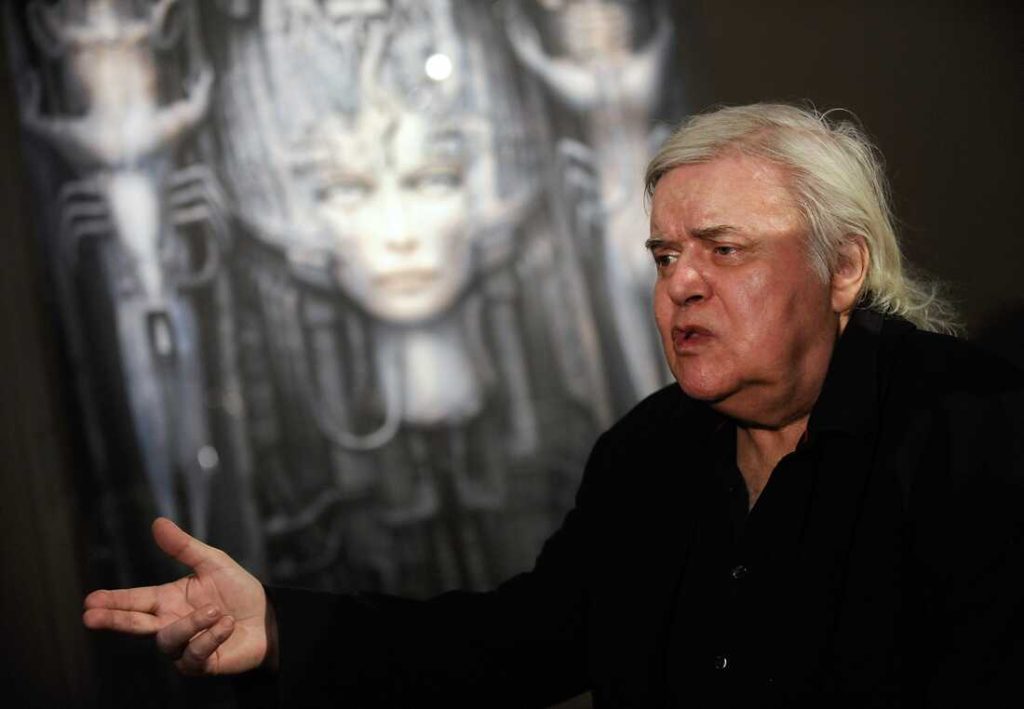
23. Isaac Levitan
Isaac Levitan, a master of Russian landscape painting, used pencil drawings to capture the serene and melancholic aspects of nature. His techniques included soft shading and precise linework to convey atmospheric effects and mood. Issac Levitan created, ‘The trunk of an old tree,’ ‘Village,’ and ‘Entrance gate of Savvinsky monastery near Zvenigorod.’
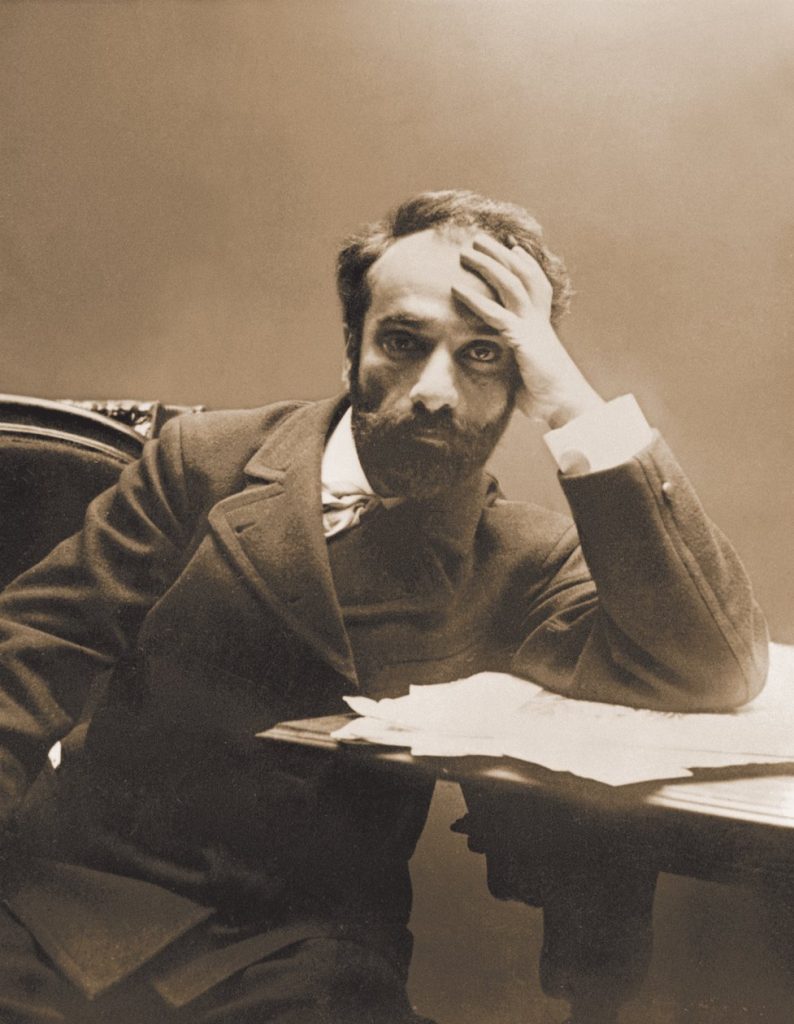
24. Maurits Cornelis Escher
Maurits Cornelis Escher was renowned for his intricate, mathematically inspired works. His pencil drawings involved complex geometric patterns and impossible constructions, achieved through meticulous detail and precise shading. Maurits Cornelis Escher is famed for drawing ‘Path in the forest,’ ‘Autumn,’ and ‘Dilapidated huts by the forested mountain.’
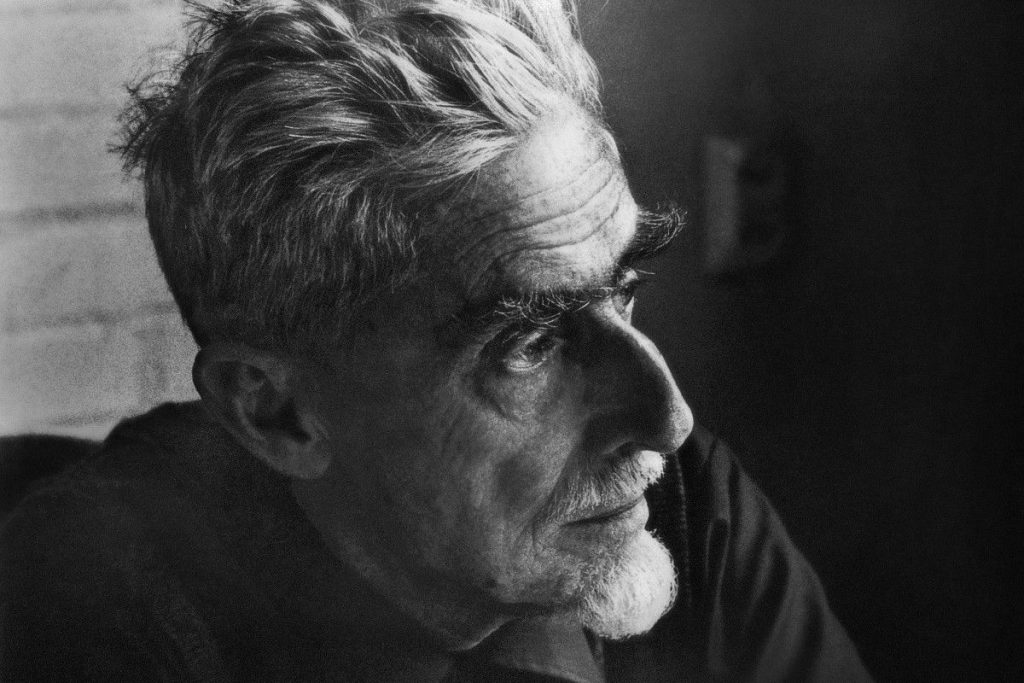
25. Ilya Efimovich Repin
Ilya Efimovich Repin, a prominent Russian realist, used pencils to create detailed and emotionally powerful portraits and genre scenes. His technique involved careful line work and shading to capture the essence of his subjects. Ilya Efimovich Repin has drawn ‘Portrait of a young wife, sitting on the couch,’ ‘Portrait of sculptor Mark Matveevich Antokolski’ and ‘Portrait of Aleksandr Zhirkevich.’
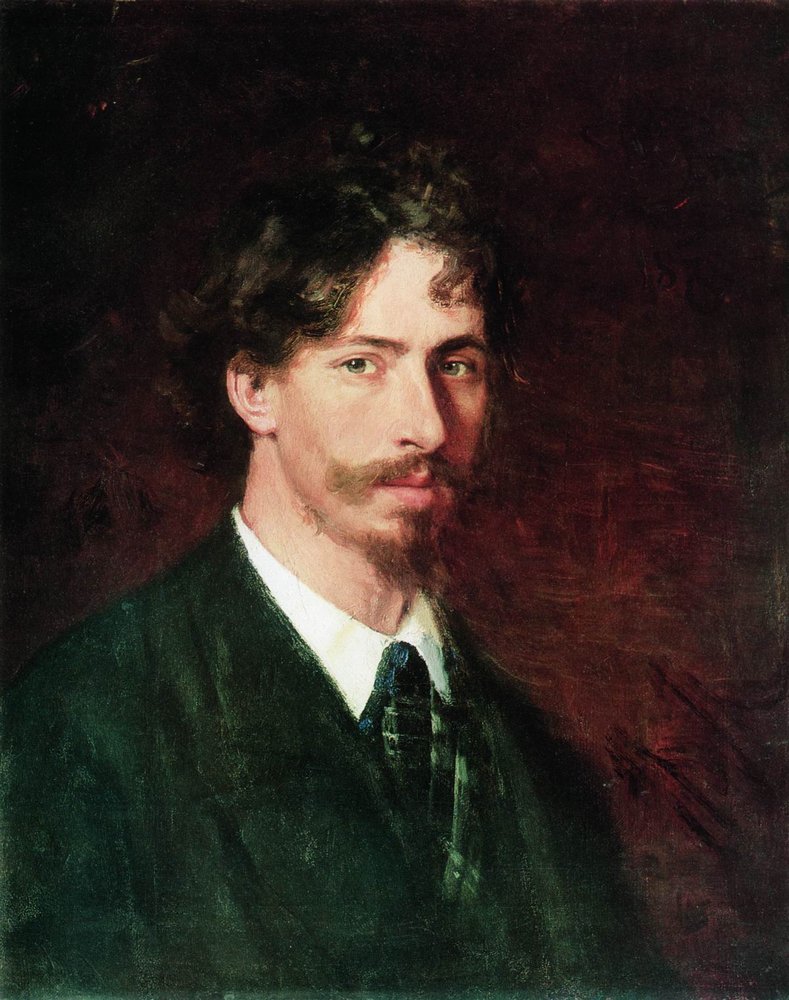
26. Valentin Aleksandrovich Serov
Valentin Aleksandrovich Serov, known for his portraits and genre scenes, used pencil drawings to explore the nuances of human expression and character. His technique included fine line work and shading to convey mood and personality. Valentin Aleksandrovich Serov is famed for drawing ‘Maria Mamontova Riding a Horse,’ ‘Portrait of Ballet Dancer T. Karsavina,’ and ‘Peter I in the Palace of Monplaisir. Unfinished.’
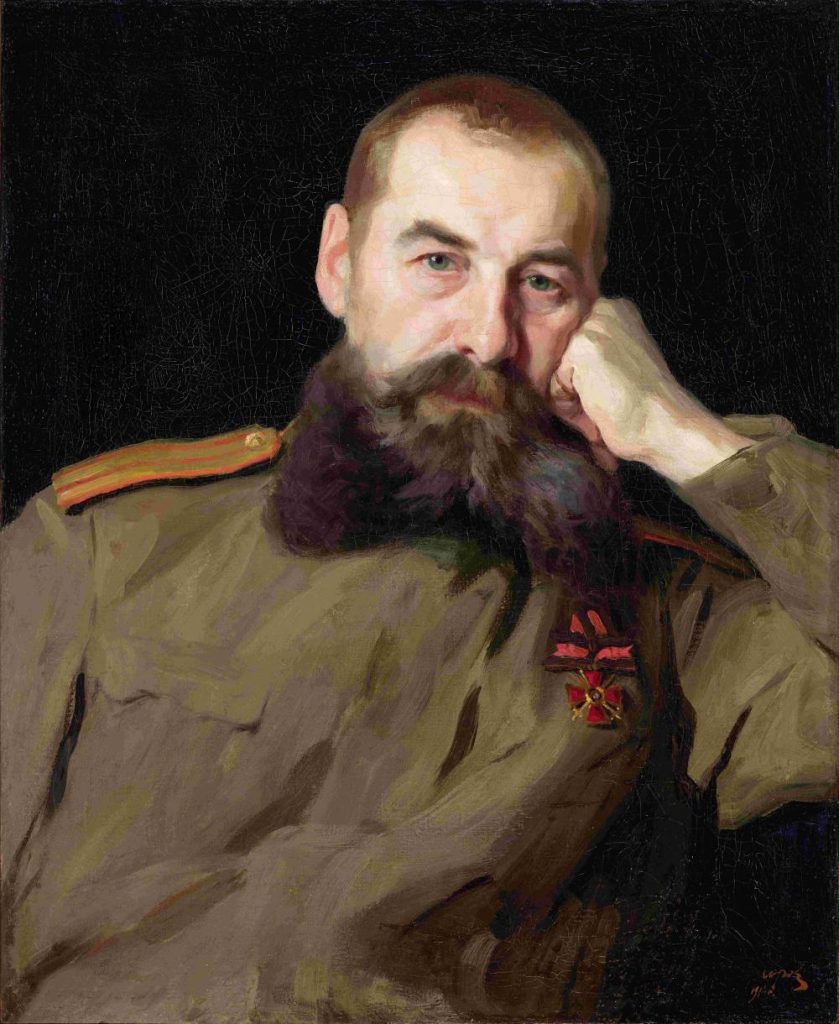
27. Peter Paul Rubens
Peter Paul Rubens, a master of Baroque art, used pencil drawings to develop compositions and studies for his large-scale paintings. His technique involved dynamic lines and detailed shading to explore dramatic compositions and anatomical studies. Peter Paul Rubens is known for creating ‘Portrait of a Young Woman with a Rosary,’ ‘Vision of Ezekiel,’ and ‘Portrait of a Young Woman.’
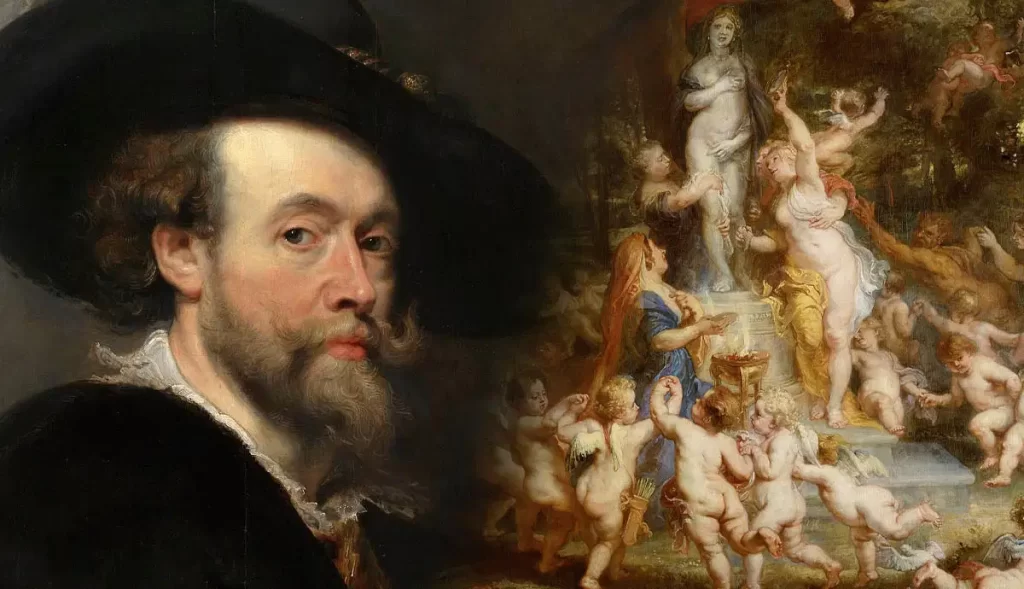
Image Courtesy – Colossal


